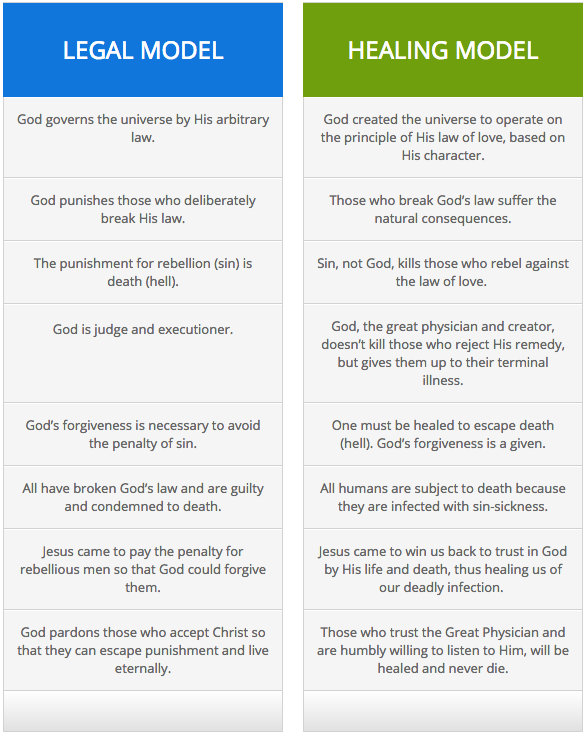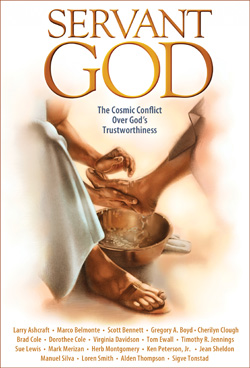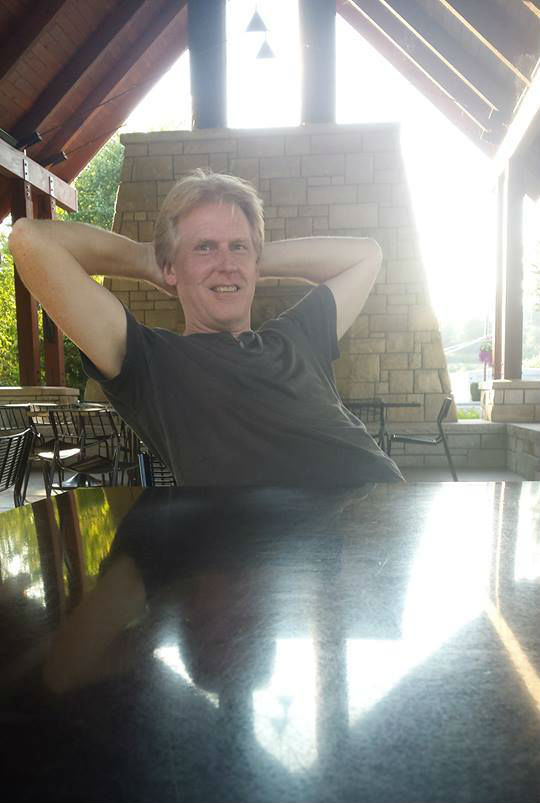A Healing View
 How I wish I had seen this healing view of God sooner than later. It would have saved me a lot of grief.
How I wish I had seen this healing view of God sooner than later. It would have saved me a lot of grief.
Since I had no concept that God’s mercy and forgiveness have been extended to us from the foundation of the world—indeed from eternity—I spent years seeking the wrong thing. I desperately tried to obtain His forgiveness when I had it all along. My legal view of salvation was to blame. All I really needed was a healing metaphor.
A Healing Metaphor
Healing is a common theme in the Bible, from Old Testament phrases like “by His stripes we are healed” in Isaiah to the words of Jesus in Matthew, “Those who are well have no need of a physician, but those who are sick.” The Greek word for “saved” actually means “to be well” or “to be healed.” This was confirmed for me when I saw that the word “healed” in the earnest request of Jairus to Jesus, “Come and lay Your hands on her, that she may be healed, and she will live” (Mark 5:22-23). The Greek word for “healed” here is the same word that is used for “saved” in the amazed exclamation of the disciples, “Who then can be saved?”
Sin makes us sick, and what we need is healing. I used to believe that what we needed was forgiveness, but now I see that God has always freely forgiven. A great way to understand this is through an analogy. Your son disobeys you, gets underneath the bathroom sink, and eats something poisonous. You rush him to the hospital, and he is hustled into urgent care. What does your son need there? Does he need mommy or the doctor to forgive him for what he’s done? No. He needs an antidote. He needs healing.
Forgiveness doesn’t protect us from the results of being poisoned. God’s forgiveness, as wonderful as it is, doesn’t heal the damage done. Many who God has forgiven will still die of the poison.
Now, let’s take this analogy a bit further. Suppose your son refused to take the doctor’s antidote. Would the doctor kill him because of his failure to cooperate? Of course not! Doctors don’t kill their dying patients, even those who refuse to take their medication. Instead, they do everything possible to heal them. Most can easily see the difference between the Penal and Healing models of salvation here. God is a healer, a great physician, but He can only heal those who will cooperate with Him.
Moving Toward A Healing View
The majority doesn’t hold a healing view of the atonement. They see sin as a legal problem, in which God the Father—as judge and executioner—deals out reward and punishment to those who continue to break His holy law. He also punishes His Son in our place. However, such a view paints the Father as arbitrary, exacting, vengeful, unforgiving, and violent. The truth is that Jesus gave His life for us, not because His Father demanded blood to appease His anger, but because we were terminally sick and no longer able to function the way life is designed to run. Our condition demanded the radical intervention of God.
The most convincing statements supporting this came from Jesus Himself. “If you have seen me you’ve seen the Father (John 14:9)” and “the Father Himself loves you (John 16:25-27).” From these statements I could see that my understanding of mediation and propitiation were skewed. They all, in Jesus, died to heal us.
Of course, it is important to understand that Jesus came to establish what Adam had lost: a new perfect human template. The healing view of the atonement highly values Christ’s achievement here. Yet humans, as well as the onlooking universe, also needed to see the truth about God’s character. Satan’s lies about God were clever and hard to unmask. All needed concrete answers to his accusations. What is wrong with Satan’s form of government? How does God relate to sin? Is death really the result of sin? Do we die because God kills us? Why is it so important that we understand that God does not execute His wayward children?
Why are these question important? Because if we see God as arbitrary, exacting, vengeful, unforgiving, and severe, then we will become the same. The extent that we have bought into the devil’s lies is evidenced by the way our whole earthly system runs. Our best “good” here isn’t really good, and our worst “good” is hellish. Earth’s history of “good” people testifies to that. Indeed, these are critical questions, and it took the death of God to answer them.
That Old Testament view of God must be filtered through Jesus-colored glasses, for Jesus is the complete fullness of the deity in bodily form (Hebrews 1:3; Colossians 2:9). The death of Jesus unmasked the devil and told the truth about God, a truth that unveils a healing view of Him as a physician instead of a judge and executioner, a truth that heals us.
The Healing View Is Not A New View
A healing view—or non-violent view—of the atonement as pictured in the Healing Substitution Model is not new. Actually, healing views were the predominant views (and quite possibly the only views) of the atonement process for the first three hundred years of Christianity. However, those views didn’t fit well with secular governments that looked to the church to condone their nationalism and war. Sadly, instead of standing up for the truth about a non-violent God, the church hammered out other atonement theories that allowed them to keep their hard-gained wealth, influence, and power.
Yet the fickle nature of man does not change our physician Father, who has always offered to completely heal all of the damage done to His children if they will but cooperate. Jesus vocalized that in His words to the paralytic at the pool: Would you like to be well? Would you like to be made whole? Indeed, the words of Jesus at the end of time to all men, “He that is unjust, let him be unjust still: and he which is filthy, let him be filthy still: and he that is righteous, let him be righteous still: and he that is holy, let him be holy still” is not an arbitrary verdict but simply the Great Physician’s diagnosis of those who are well (safe to save) and those who are not.
All the Good Without the Bad
For me, a healing model of the atonement much better illustrates how God saves us. It paints a beautiful picture of a healing God while at the same time covering all of the necessary perimeters for salvation. It accomplishes everything that the Penal Substitution Model accomplishes while avoiding the possibility of buying into horrible lies about God and His character. It is a step away from violence toward unconditional love that I wish I could have learned earlier in life.












